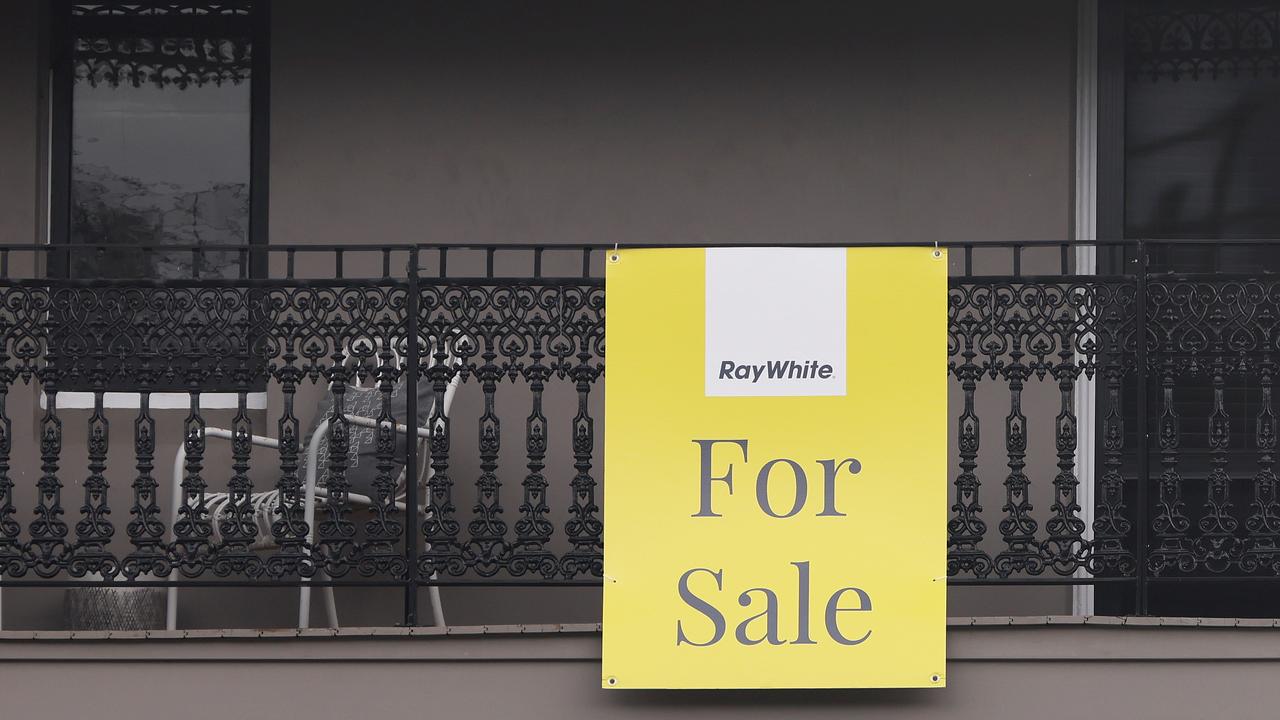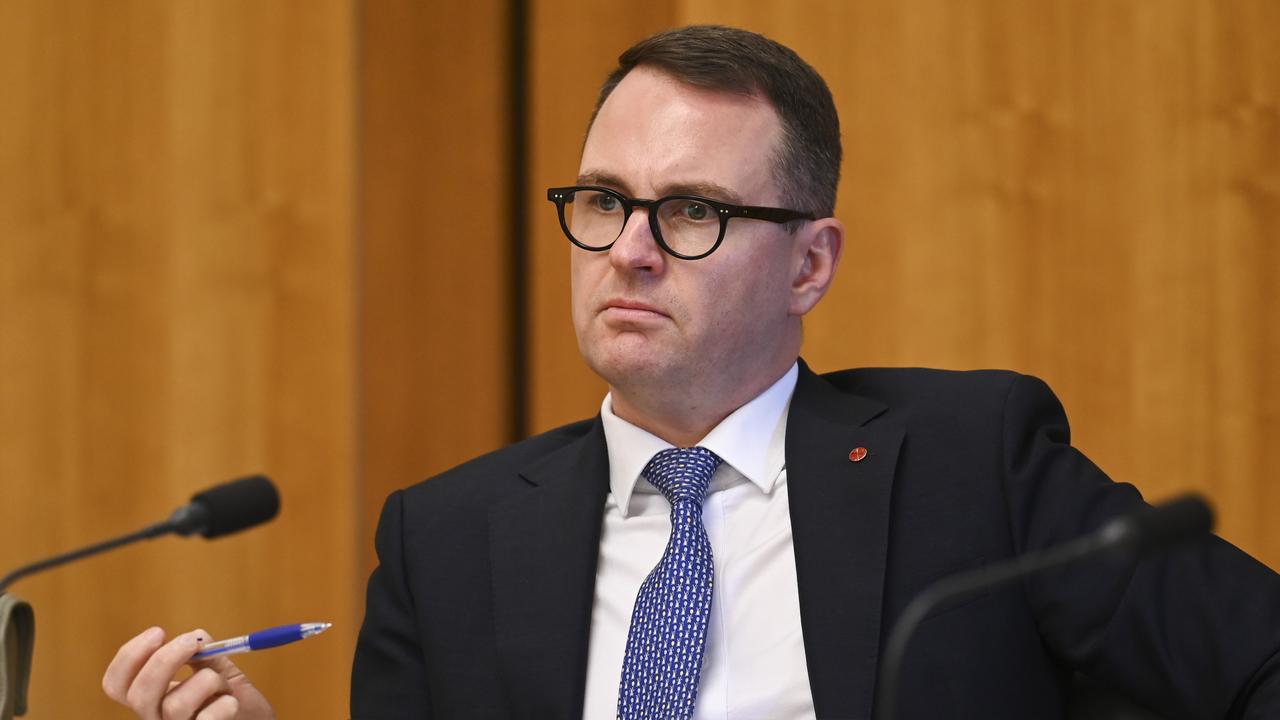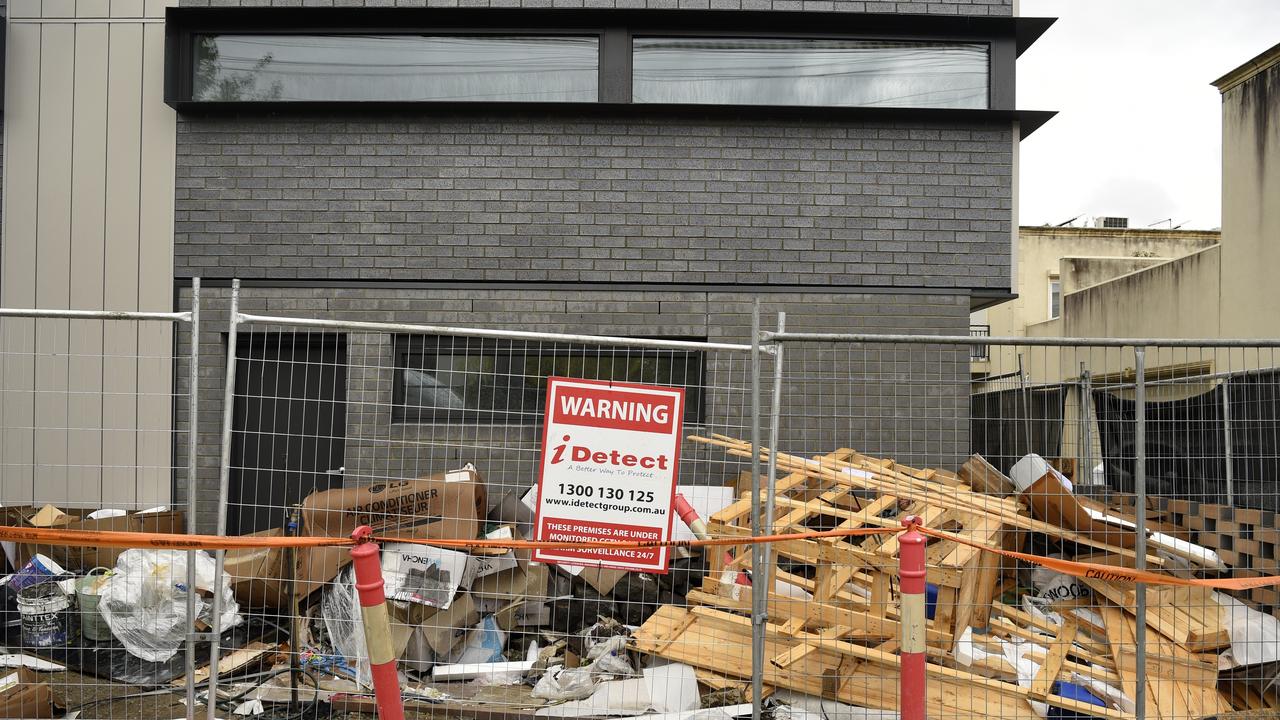International Monetary Fund recommends against easing major Aussie home loan policy
The International Monetary Fund has poured cold water on a key housing policy which would make it easier for first-home buyers to get a loan.
Aussies looking to get into the housing market have been dealt a fresh blow after the International Monetary Fund (IMF) recommended against easing a major policy that would make getting a loan easier.
In an annual report on the Australian economy released overnight, the leading financial giant makes recommendations at odds with Coalition policy that would lower the bar for getting a home loan.
The Australian Prudential Regulation Authority has a test where first home buyers need to show they can pay above and beyond actual interest rates.
The mortgage serviceability test weighs up if you can afford a hypothetical additional 3 percentage point rise on interest rates.

Last month a Coalition-led Senate inquiry recommended the regulator weaken that test, so more first home buyers can get a loan. Relaxing these test markers will play a central piece in the Coalition’s election pitch.
Labor says it is a matter for the regulator, while the major banks say the benchmarks increasingly mean they can only lend to wealthy households.
This family of economic policy is called macroprudentials.
“Macroprudential tools have been used in a blunt fashion which has constrained first home ownership for too many Australians,” Opposition spokesman for home ownership Andrew Bragg said last month.
“The committee concluded that APRA’s rigid application of the 3 per cent serviceability buffer disproportionately impacts prospective first home buyers.”

But the IMF says the policy should stay just as tight, or even more restrictive.
“Macroprudential policies should remain stringent to protect household balance sheets, especially in the context of rising housing prices,” the IMF says in the report.
“Additionally, the authorities are encouraged to proactively adapt their macroprudential tools to pre-empt excessive build-up in household indebtedness, including when the time is appropriate for monetary policy easing.”
As it stands the ASX is betting the RBA will finally be easing the cash rate and its meeting in April. Two-thirds of the market expects interest rates to be cut by February.
A cut would end the tightest cycle of interest rate rises in Australia for a generation.
In the previous four cycles of sustained interest rate hikes, (beginning in 1994) per-capita consumption growth did not fall into negative territory like it did this time.
The IMF says higher interest rates in Australia have had the same effects as in other advanced economies, except “the resilience of Australia’s economy in recent years is remarkable, as evidenced by persistently tight labour markets”.
This cycle of tightening interest rates came as inflation reached a 30-year high.

In turn the Reserve Bank tightened purse strings like never before.
“The current episode marks the RBA’s most aggressive monetary tightening cycle,” the IMF report says.
However, the IMF says Australia is in the “last mile” of disinflation.
Poor wage growth has stymied consumer spending, the IMF report finds, while businesses do not have the money to capitalise on falling inflation and kick operations back into gear.
“Weak consumption this cycle has been consistent with weak real income growth.
“Real wage growth has been negative for much of the current cycle, as wage rises failed to keep up with significant price pressures.”
“The reaction of private investment in the current cycle also appears delayed relative to previous cycles – with investment contracting in the last two quarters, following moderate growth. In previous cycles, private investment had slowed immediately as the monetary tightening began, before picking up in the latter part of the cycle.”
While the private sector has struggled, public investment and the commodity prices which fund much of it have made Australia one of the few advanced economies to post surpluses in the past two-and-a-half years.




